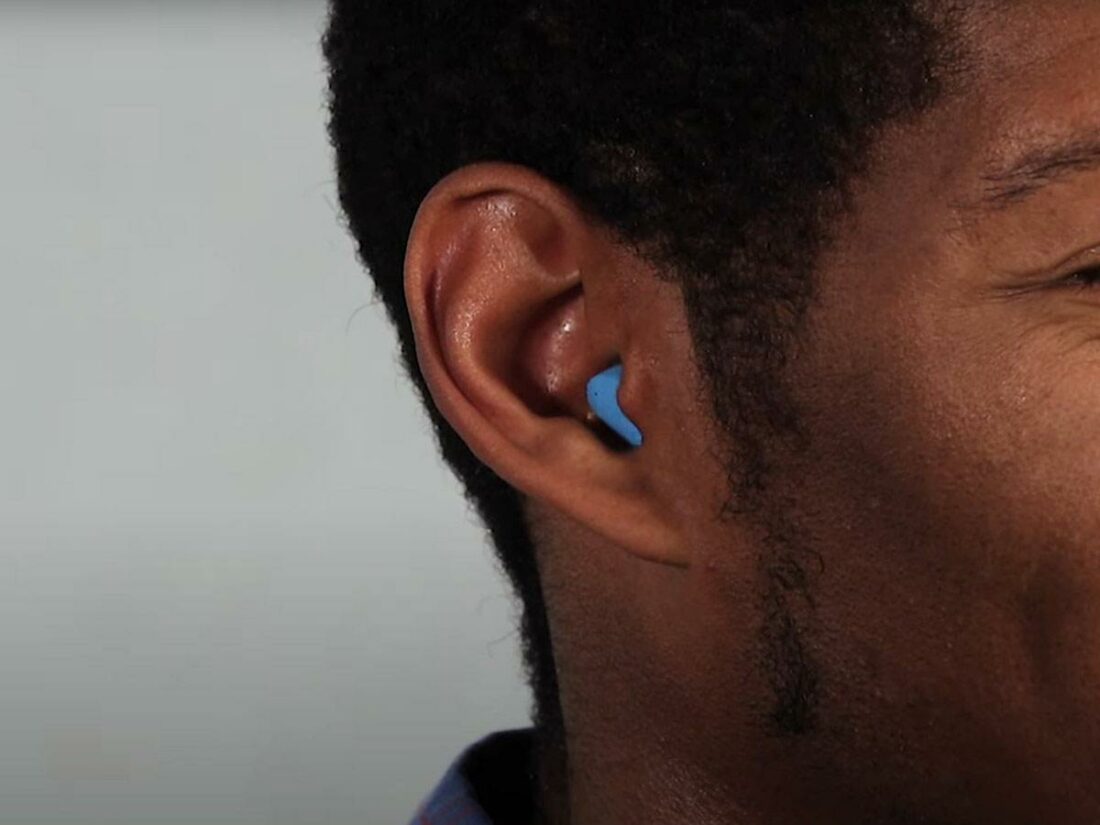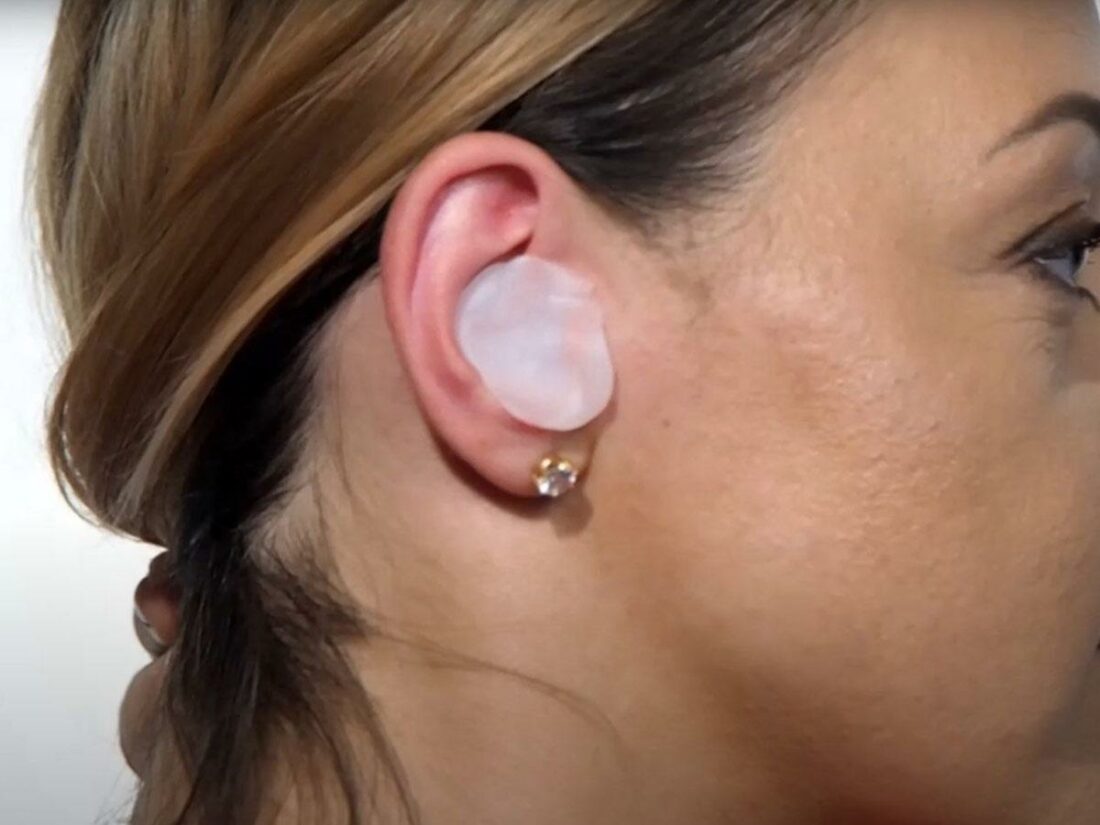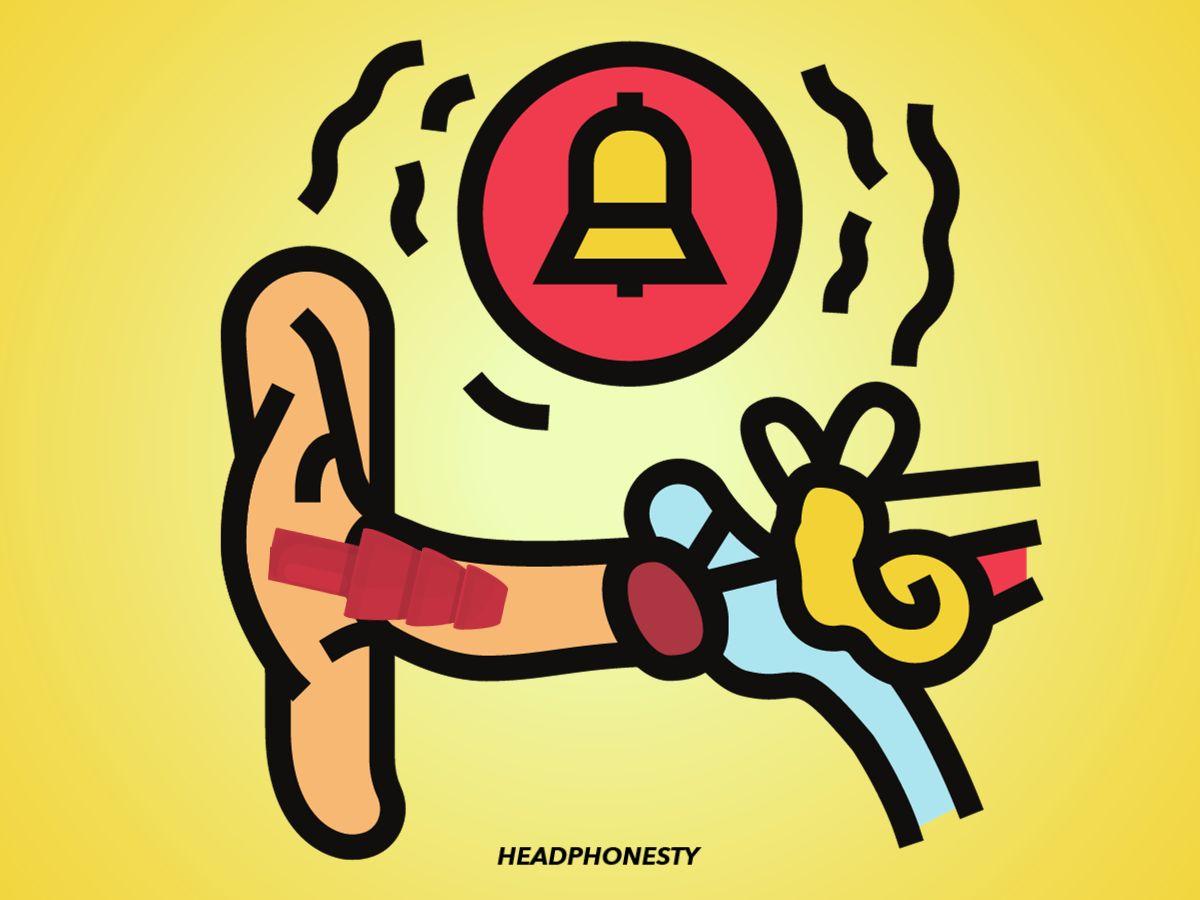We’ve all heard the rumors about earplugs causing tinnitus, but the connection goes far deeper than you think.
Many people turn to earplugs to protect their hearing from the noisy outside world.
However, some people attest that their tinnitus worsens while wearing earplugs.
Let’s investigate whether earplugs and tinnitus are related and, if so, what steps we can take to minimize the harm.
Can Earplugs Cause Tinnitus?
Earplugs do not directly cause tinnitus; instead, this depends on your usage. That said, earplugs have been shown to overstimulate our cerumen glands, resulting in a higher risk of blockages and infections that may lead to tinnitus.
Tinnitus can also result from damaged hair cells in the ear. For those who suffer from this type, earplugs appear to intensify the ringing, but that is not the case. Instead, the plugs remove the outside noise that may have been masking the tinnitus, making the ringing more apparent.
Are There Types of Earplugs That Prevent Tinnitus?
Yes, some earplugs protect your inner ear better than others, especially wax or moldable silicone earplugs.
These types behave like putty as they seal the entrance without extending into the ear canal. On the other hand, the average expandable foam earplug is shoved deep into the ear to soften the sound, which may lead to issues.
Because of this unobtrusive approach, the wax and moldable silicone earplugs do not disturb your natural cerumen. Hence, they are the safest way to avoid hearing damage and infection.
How to Avoid Tinnitus When Using Earplugs
Purchasing the correct earplugs is an essential first step. However, using your plugs correctly while preserving their lifespan is equally crucial.
Wear your earplugs correctly
Every type of earplug comes with unique instructions. You must check the packaging or research the product to guarantee you are not damaging your ear when using them.
Using formable earplugs:

- With clean hands, gently roll the plugs with pressure to compress their size.
- Pull the top of your ear to align your ear canal.
- Slide the earplug into the canal and hold it there for 20 to 30 seconds while it expands.
- The plug should sit comfortably inside your ear. Use a mirror to examine its position.
- To remove, slowly twist the earplug and then slide it out.
Using wax earplugs:

- After ensuring your hands are clean, shape the wax plug into a ball.
- Place the wax ball over the opening of your ear.
- Flatten the wax to form an airtight seal.
- To remove it, simply pull it off.
Clean your earplugs regularly
Unsurprisingly, you will often encounter a coating of your wax on the earplugs. Even worse, they may pick up dirt from elsewhere, which you must not introduce into your ear. To avoid these mishaps, follow the cleaning method below.
Foam earplugs

- Dunk your earplugs in a container of warm water.
- Use some hand soap to scrub away the visible dirt.
- Rinse and squeeze the earplugs until you cannot press any more water out.
- Leave to dry.
Clean your ears properly
Maintaining earplug hygiene starts at home with clean ear canals. Never remove earwax using foreign items such as cotton swabs or paper clips. This invasion may push the wax deeper and cause blockages or damage. Instead, try the following home remedy:

- Use an eyedropper to drip a softening substance to the wax, such as baby oil, mineral oil, or hydrogen peroxide.
- Once the wax has softened after one to two days, carefully use a rubber-bulb syringe to push warm water into the ear canal.
- Tip your head and allow the water to dribble out.
- Repeat this process as many times as necessary.
If you are not having much success or experience any pain, speak to your doctor immediately.
Frequently Asked Questions
- Can earplugs make tinnitus worse?
- Is it bad to use earplugs every night?
- When should I wear earplugs?
Can earplugs make tinnitus worse?
Yes, earplugs can make tinnitus worse. If you suffer from tinnitus, you should avoid using earplugs unless exposed to loud environments. You may want to explore other options too, such as the hearing protection of ear muffs.
Is it bad to use earplugs every night?
When employed correctly, nightly earplug use should have no adverse effect. However, users have reported issues like ear soreness and infections. In such circumstances, you should learn about the risks and benefits of your chosen brand.
When should I wear earplugs?
Earplugs muffle noise, commonly reducing sound by 15-30 decibels (dB). This softening is beneficial during times of high audio levels, such as concerts or when you are trying to sleep on a plane. Plugs are also ideal for preventing foreign bodies from entering the ear canal, for example, water or dust.
It’s worth taking a moment to learn how earplugs can help you.
